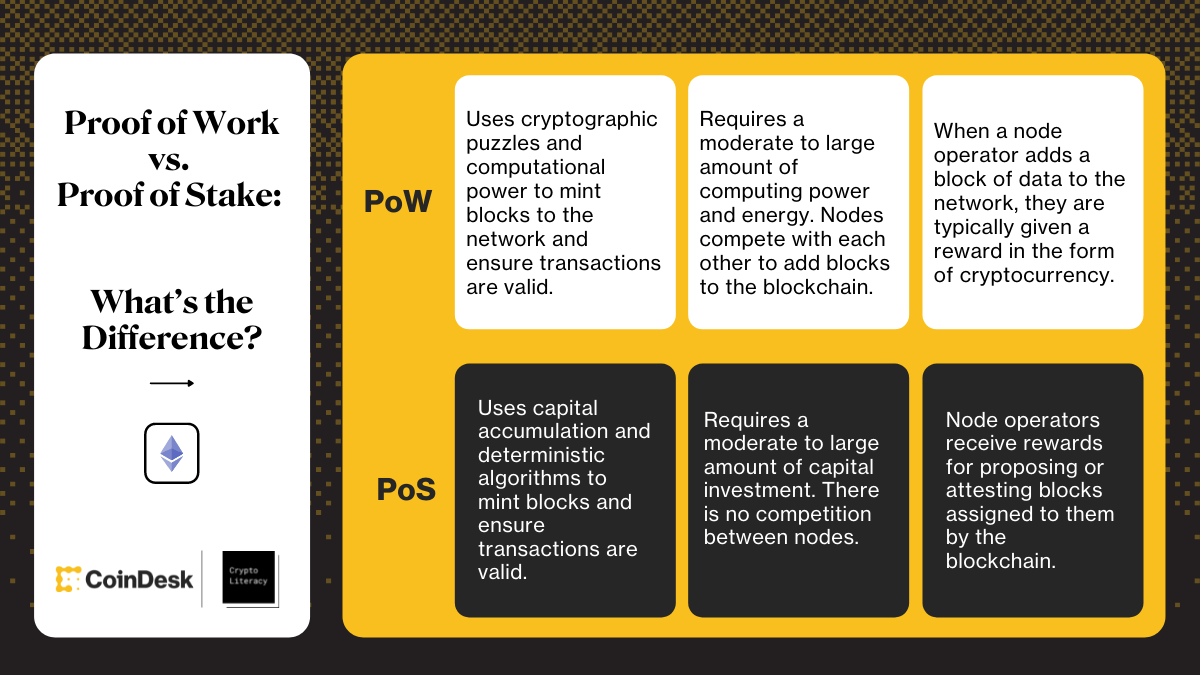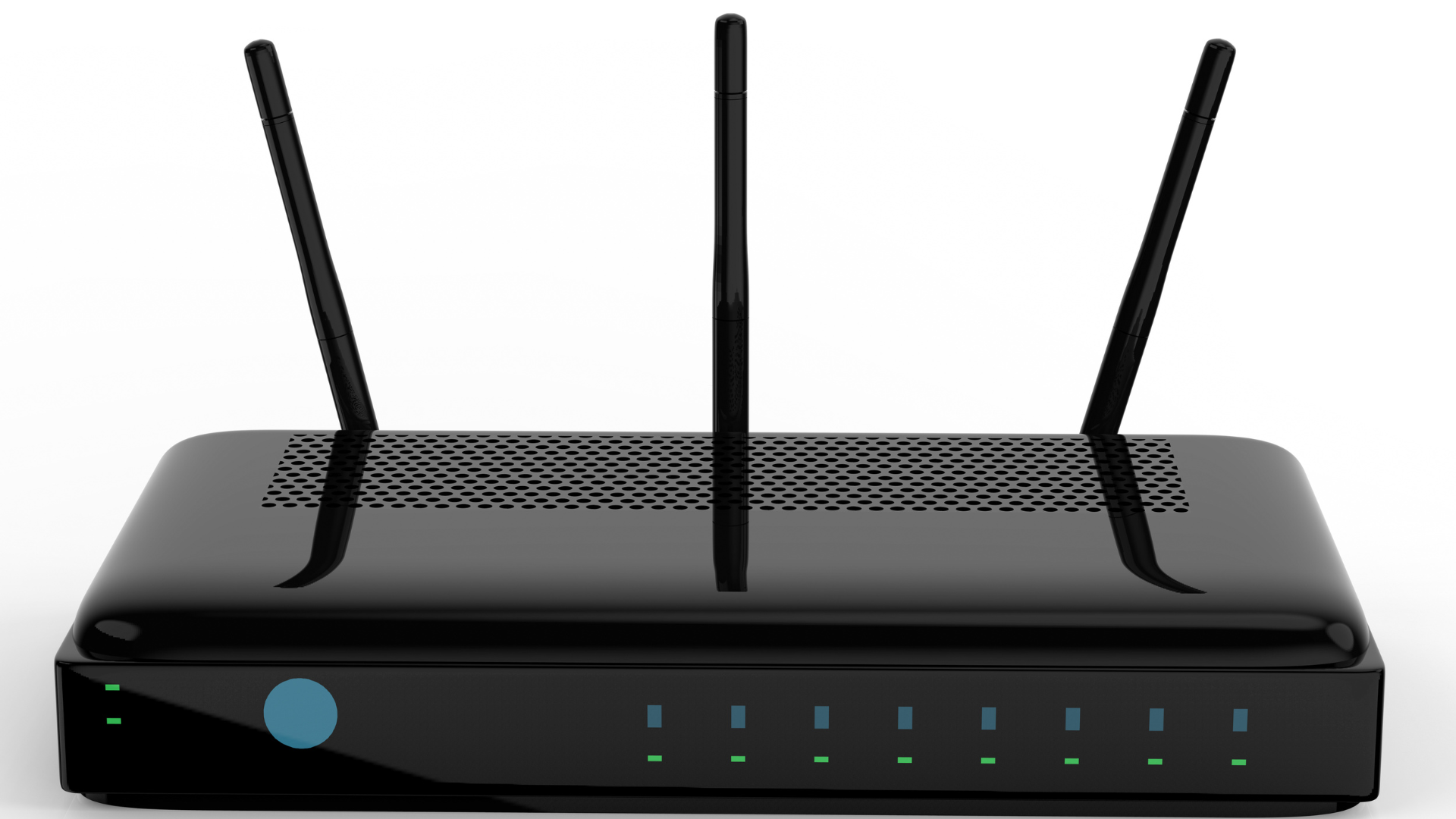Proof-of-Work vs. Proof-of-Stake: What Is the Difference?
Proof-of-work (PoW) and proof-of-stake (PoS) are two different methods to validate cryptocurrency transactions.

Proof-of-work vs. proof-of-stake (Brett Sayles/Pexels)
If you're new to the world of cryptocurrency, you probably have heard of both proof-of-stake and proof-of-work. These two concepts are essential to cryptocurrency transactions and security. They are key components of blockchain technology and how it works.
Proof-of-stake and proof-of-work are known as consensus mechanisms. Both, in different ways, help ensure users are honest with transactions, through incentivizing good actors and making it extremely difficult and expensive for bad actors. This reduces fraud such as double spending.
To understand what the difference is between proof-of-work vs. proof-of-stake, it helps to know a bit about mining.
In proof-of-work, verifying cryptocurrency transactions is done through mining. In proof of stake, validators are chosen based on a set of rules depending on the "stake" they have in the blockchain, meaning how much of that token they commit to locking up to have a chance to be chosen as a validator. In either case, the cryptocurrencies are designed to be decentralized and distributed, which means that transactions are visible to and verified by computers worldwide.
Computers on the network have to agree on what happened to verify transactions. If a computer tries to manipulate or commit fraudulent transactions on a network, it will be known through the public, immutable nature of the blockchain. Both consensus mechanisms have economic consequences that penalize malicious actors who try to disrupt the network.
Proof-of-Work vs. Proof-of-Stake: Which is Better?
Proof of work is a competition between miners to solve cryptographic puzzles and validate transaction in order to earn block rewards. Proof of stake implements randomly chosen validators to make sure the transaction is reliable, compensating them in return with crypto. Each choice has unique advantages and disadvantages.
Downsides of Proof-of-Work
Proof-of-work requires a significant amount of energy to verify transactions. Since the computers on the network must spend a lot of energy and operate a lot, the blockchain is less environmentally friendly than other systems. Another problem is centralization, as top miners are always competing for rewards. As cryptocurrencies have grown in popularity, a small group of miners has controlled the blockchain.
Downsides of Proof-of-Stake
The main issue with proof-of-stake is that it requires an often enormous initial investment. You must purchase enough of the native token of that cryptocurrency to qualify to be a validator, which is dependent on the size of the network. In theory, people must be wealthy or earn enough money to buy a network stake, leading to an exclusively rich blockchain. As cryptocurrencies rise in market value, this issue could become worse.

Proof-of-work vs. proof-of-stake (CoinDesk)
Final words: Which one should you choose?
Proof-of-stake and proof-of-work both have pros and cons, and it's important to acknowledge that no system is perfect. Every system has its strengths and weaknesses, and which one you think is better ultimately depends on your point of view. In the end, it isn't an either/or choice and both consensus mechanisms will be part of cryptocurrency for the long term.
Source: coindesk.com






